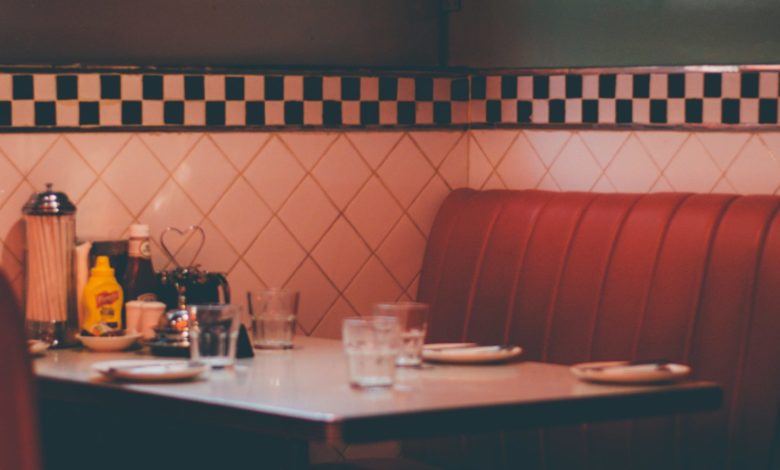The viability of the roadside dining market
Little Chef was among the heavyweights in the roadside dining niche before its 2018 extinction. Now, Loungers has come out with a game plan to reinvigorate this sector, but are people ready to leave their fast-food and QSRs behind?

Roadside dining had its heyday some 50 years ago and when Little Chef, one of Britain’s most iconic and successful diner chains became defunct in 2018, it seemed like the extinction of the UK’s tenuous motor dining culture was finally complete.

